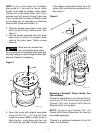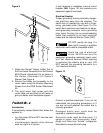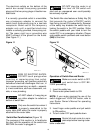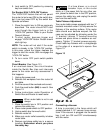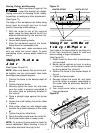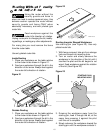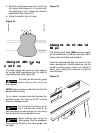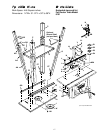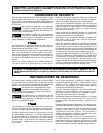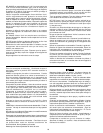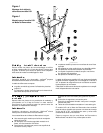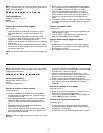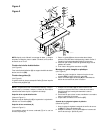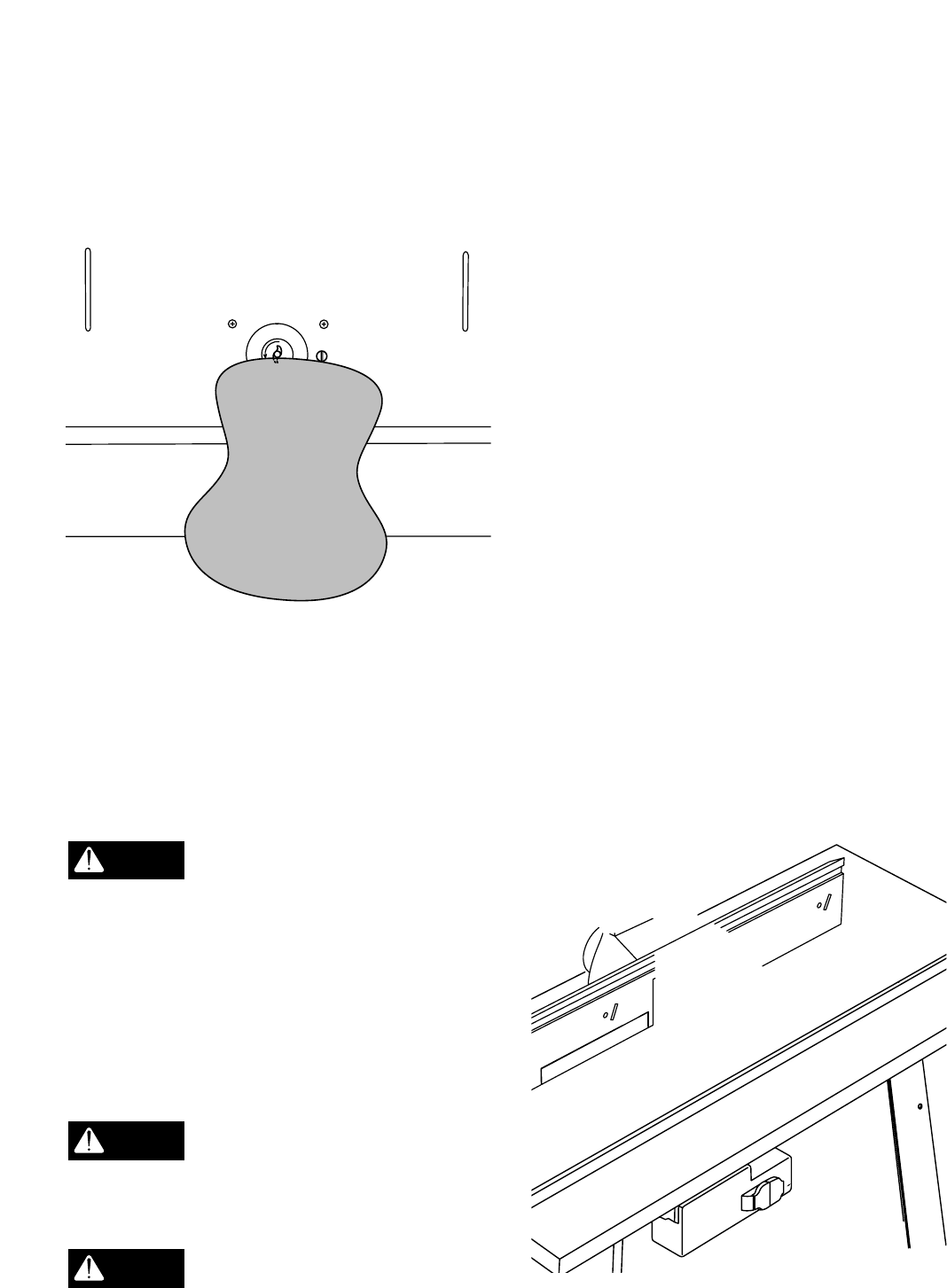
16
5. Move the workpiece away from the bit, at
the same time keeping it in contact with
the starting pin, until it clears the router bit
completely. (See Figure 24.)
6. Using the switch, turn off router.
Figure 24
Using the Miter Gauge
and Fence
The miter gauge can serve as extra support
for routing small workpieces and for ends of
long workpieces. (See Figure 25.)
You must use the security guard
when making cuts using the
miter gauge.
NOTE: Make sure fence and miter bar slot are
parallel before cutting.
To cut miters, unclamp knob that secures the
protractor head. Turn head up to 60° in either
direction. Retighten knob.
Do not allow any body part to
be in line with the router bit at
any time when the miter gauge is in use. Doing
so could lead to serious personal injury.
When making cuts using the
miter gauge, hold the workpiece
firmly against the fence, the miter gauge, and
the table.
WARNING
WARNING
WARNING
WOLF113-40
Figure 25
Using the Featherboard
Flaps
The featherboard flaps (MM) provide support
for the workpiece by holding it securely, which
helps minimize chatter and kickback.
Insert the featherboard flap into fence to hold
down workpieces. Holding pressure can be
varied by putting long or short end of flaps in
fence, or by varying the distance of flap end
from the fence.
Figure 26
PU
LL O
N
PU
SH OF
F
R
ESET



